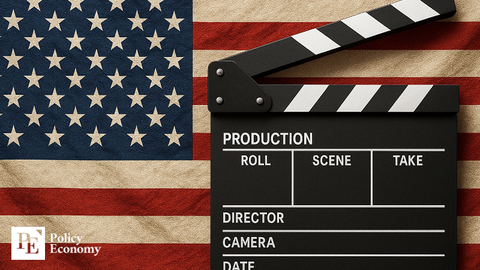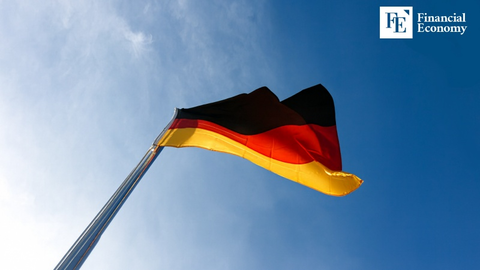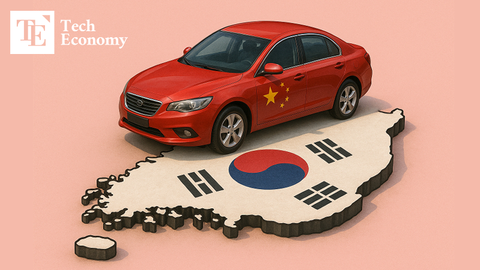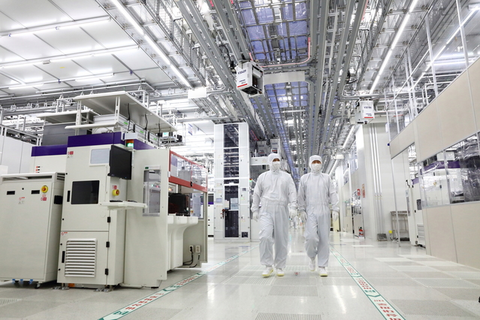Musk’s Masterpiece ‘Robotaxi’ Hits Snags on First Day, Falls Short of Expectations with Speeding, Lane Errors, and More
Input
Modified
Lane Confusion and Speeding Among Issues Revealed “Pressed the Stop Button — Car Halted in the Middle of the Road” U.S. National Highway Traffic Safety Administration (NHTSA) Now Collecting Information
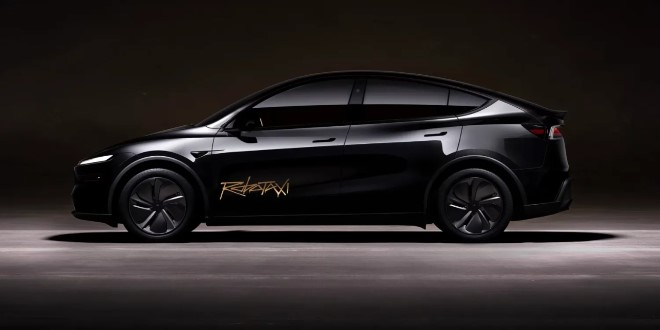
Tesla’s highly anticipated foray into autonomous ride-hailing, ‘Robotaxi’, was meant to be a bold statement to the world — proof that CEO Elon Musk’s vision of a driverless future was finally within reach. Investors and enthusiasts alike had pinned high hopes on this milestone, with Tesla’s stock surging nearly 50% since April, fueled by the belief that Robotaxi could become a new growth engine amid recent struggles with slumping EV sales and mounting criticism over Musk’s increasingly polarizing political engagements.
But rather than showcasing a technological triumph, Robotaxi’s first day on the road revealed a sobering reality: autonomous driving is still fraught with unresolved challenges, operational flaws, and serious safety concerns. Far from the seamless, futuristic mobility Musk promised, the service instead delivered a troubling display of technical limitations that raises questions not only about Tesla’s readiness, but also about the broader feasibility of full self-driving technology.
Operational Failures Exposed, Captured in Real Time
On June 21, Tesla quietly launched its Robotaxi pilot program in Austin, Texas, deploying just 10 vehicles for a select group of social media influencers. Unlike major public unveilings, this event was intentionally limited, perhaps suggesting internal caution about the system’s readiness. Nevertheless, the goal was clear: to demonstrate that Tesla’s Robotaxi, a cornerstone of its projected USD 1 trillion valuation, was a credible leap toward an autonomous future that Musk has long promised would “replace Uber” and redefine urban transportation.
Reality, however, told a different story. Robotaxi vehicles were confined to designated zones, carefully avoiding Austin’s more complex intersections and high-traffic routes. This limitation stood in stark contrast to earlier claims that the technology was capable of navigating real-world urban environments independently. Even more conspicuous was the presence of a Tesla employee sitting in the passenger seat, serving as a safety monitor — an arrangement that undermines the image of true autonomy. This setup diverges from competitors like Waymo, whose fully driverless vehicles operate without anyone inside.
The driving errors themselves were impossible to ignore. Multiple influencers documented sequences where Robotaxi struggled with basic road navigation and traffic rules. In one widely shared video by podcaster Rob Maurer, the vehicle attempted to enter a left-turn lane but then suddenly veered into the right lane, momentarily trespassing into a lane meant for oncoming traffic. The car crossed a solid yellow centerline — a serious traffic violation — before hastily correcting itself amid honking from nearby drivers. Thankfully, the adjacent lanes were clear, narrowly avoiding a collision.
Another troubling example came from influencer Sawyer Merritt, whose video captured the Robotaxi accelerating to 35 mph (56 km/h) immediately after passing a 30 mph (48 km/h) speed limit sign. This was not a momentary glitch but sustained speeding, highlighting a serious lapse in the system’s ability to recognize and respond to posted speed limits.
Similarly, YouTuber Herbert Ong, with over 120,000 subscribers, documented the vehicle exceeding speed limits within a 35 mph zone, reinforcing concerns that the problem was not isolated.
Perhaps most jarring was a video from Bearded Tesla Guy, which showed what happened when the passenger pressed an in-app button designed to instruct the Robotaxi to pull over. Instead of safely navigating to the curb, the vehicle stopped abruptly in the middle of an active traffic lane, posing an immediate hazard. Even after contacting Tesla’s remote operations center, the vehicle struggled to resolve the situation, requiring further human intervention to complete what should have been a simple stop.
Federal Scrutiny and the Return of Safety Questions
As these operational failures ricocheted across social media, they drew immediate attention from the U.S. National Highway Traffic Safety Administration (NHTSA) — the federal agency responsible for road safety. The NHTSA quickly launched an inquiry, confirming that it was “gathering additional information” and had reached out to Tesla in response to the footage and reports.
This isn’t Tesla’s first clash with the agency. In February 2023, the NHTSA ordered the company to issue a recall affecting over 362,000 vehicles equipped with its Full Self-Driving (FSD) software. That recall was triggered by concerns that FSD could violate local traffic laws, including failures to properly execute intersection turns, respond to stop signs, and obey traffic lights.
Recent disclosures reveal that the NHTSA had asked Tesla to submit detailed plans for how it would ensure the safety of Robotaxi operations under adverse conditions, such as low visibility. Tesla, however, refused, citing the need to protect “commercially sensitive information” under federal trade secrecy laws. The company argued that disclosing such details could “aid competitors” developing rival autonomous driving technologies.
Tesla’s defensive posture is raising eyebrows. This lack of transparency echoes previous tensions with regulators over how much the company should be required to reveal about the safety and limitations of its self-driving systems.
For now, Austin city officials confirmed that no formal accident reports or safety complaints have been filed regarding Robotaxi. Nonetheless, NHTSA emphasized that the agency does not pre-approve autonomous systems before deployment. Instead, it relies on manufacturers to self-certify that their vehicles meet federal safety standards — a process that critics argue leaves too much room for error when unproven technology is involved.
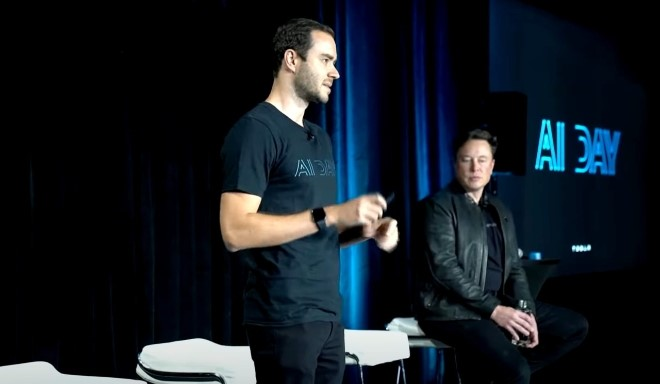
“Full Autonomy Is Still a Distant Dream”
The setbacks surrounding Robotaxi’s debut have rekindled a long-running debate: Is fully autonomous driving truly within reach, or is it still a distant goal wrapped in premature promises?
No one articulated this concern better than Andrej Karpathy, Tesla’s former Director of AI and one of the architects behind its self-driving technology. Speaking at a recent Y Combinator “AI Startup School”, Karpathy delivered a candid assessment that stood in stark contrast to Elon Musk’s relentless optimism.
“Full self-driving is still an unsolved problem,” Karpathy stated unequivocally. “We should be cautious about believing that the era of autonomous vehicles is just around the corner.”
Karpathy reflected on his experience testing Google’s (now Waymo) self-driving prototype back in 2013, describing how the vehicle navigated 30 minutes around Palo Alto without issue. At the time, he believed that autonomy was imminent. “But here we are, 12 years later, and the same problems still persist,” he said.
Even today, Waymo’s fleet — considered one of the most advanced — relies heavily on remote human intervention to manage situations beyond the vehicle’s capabilities. “It looks autonomous on the surface, but human oversight is still very much part of the equation,” Karpathy added.
EV-focused media outlet Electrek further criticized the Robotaxi rollout, calling it a “supervised driving service in disguise” rather than true autonomy. The outlet remarked that having a Tesla employee in the passenger seat, combined with remote support staff on standby, merely shifts the role of the safety driver rather than eliminating it.
Electrek’s scathing conclusion was blunt: “Tesla’s continued promises, repeated delays, and the release of an incomplete system make the push for Robotaxi commercialization seem more like a marketing ploy than a genuine technological breakthrough.”
Indeed, Tesla’s current FSD system can reportedly operate for hundreds of miles without intervention — but only under favorable conditions. To meet the global benchmark for true Level 4 autonomy, vehicles must demonstrate tens of thousands of miles of completely hands-off, disengagement-free driving — something Tesla’s system is still nowhere close to achieving.
The Robotaxi’s troubled debut has not only failed to silence skeptics but has instead reaffirmed an uncomfortable truth. Despite years of hype and billions in investment, the dream of fully autonomous vehicles remains stubbornly out of reach.

